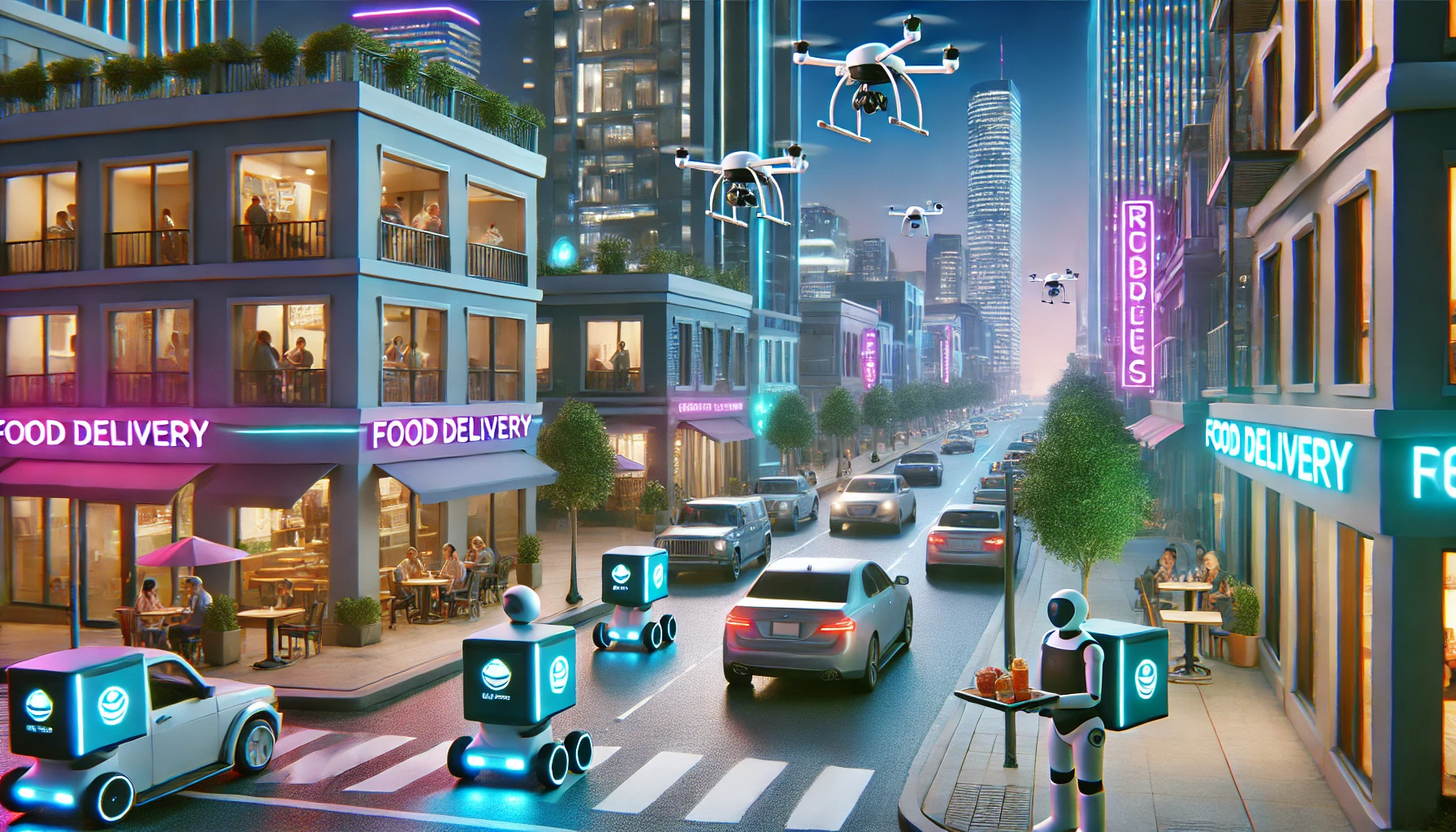The food revolution: The rise of food delivery robots
With the advent of robot delivery services in recent years, the food delivery sector has seen a significant upheaval. Services. Once a science fiction concept, autonomous delivery robots are now a practical solution to today’s logistics challenges, foreshadowing the future of last-mile delivery
The technology behind robotic dispatch
These delivery robots are equipped with state-of-the-art technology, including GPS navigation, cameras, sensors, and artificial intelligence (AI) algorithms and their compact design allows them to navigate urban areas, avoiding obstacles such as pedestrians, pets, and uneven roads. Many models are powered by electricity, making them environmentally friendly alternatives to conventional vehicles.
Robot food delivery works by seamless integration of apps and backend systems. Customers order through the app, and the restaurant or restaurant places the order in the robot. The robot is then maneuvered to the customer’s location and guided by GPS and real-time data to ensure a smooth and accurate delivery.
Advantages of robotic delivery
Cost savings: Robots lower delivery costs by eliminating the requirement for human labor.
24/7 availability: Unlike human drivers, robots can work around the clock without taking breaks.
Environmental: Most delivery robots run on electricity, significantly reducing carbon emissions compared to gas-powered vehicles.
Safety: Robots reduce accidents by obeying traffic rules and using advanced sensors to avoid collisions.
challenges and limitations
Despite the power of robotic shipping systems, they face several limitations:
Regulatory barriers: Many cities have yet to change their infrastructure and regulations to accommodate autonomous delivery robots.
Application Limitations: Robots are best suited for long-distance deliveries and struggle in high-traffic areas or complex systems.
Security problem: Protecting robots and objects from theft and vandalism is a big challenge.
Success Stories and Global Recruitment
Leading companies such as Starship Technologies, Kiwibot, and Nuro are leading the way in deploying these autonomous devices. For example, Starship Technologies has completed millions of deliveries in cities and towns in the US and all of Europe. Universities have also embraced this innovation, using delivery robots to serve students at many campuses.
Looking ahead
The rise of food delivery robots is a testament to how technology continues to transform industries. As AI and robotics advance, the performance and capabilities of these systems will only increase, making them an integral part of city life. Overcoming the challenges and unlocking the full potential of this revolutionary form of food delivery will require collaboration between governments, businesses, and consumers.
From fast food delivery to reduced environmental footprint, the benefits of robotic food delivery promise a more sustainable and convenient future for on-demand food.
